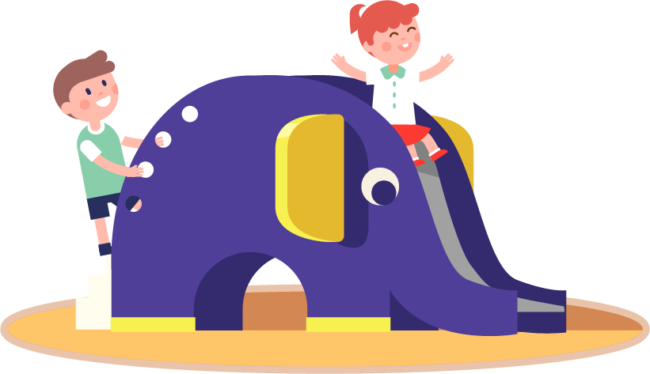Our Past, Their Future: Teaching History Concepts to Preschoolers

Introduction:
Preschool is a time of wonder, exploration, and building the foundation for a lifelong love of learning. While traditional academic subjects may seem advanced for this age group, introducing history concepts to preschoolers can be a rewarding experience that sparks their curiosity and lays the groundwork for a deeper understanding of the world around them. In this blog post, we’ll explore the importance of teaching history to preschoolers and provide creative ways to make the past come alive for these young learners.
Why Teach History to Preschoolers?
Many might question the idea of introducing history to preschoolers, thinking it’s too complex for their young minds. However, incorporating age-appropriate historical concepts can offer numerous benefits to their development.
1. Cognitive Development:
Introducing historical events and figures helps preschoolers develop critical thinking skills as they begin to grasp the concept of cause and effect.
2. Cultural Awareness:
Early exposure to different cultures and historical traditions fosters a sense of diversity and inclusivity, laying the groundwork for cultural understanding and empathy.
3. Storytelling and Language Skills:
History provides a rich tapestry of stories. Sharing historical narratives with preschoolers enhances their language skills, vocabulary, and listening comprehension.
4. Chronological Thinking:
Introducing the concept of time and sequencing events helps preschoolers understand the order of daily routines and historical occurrences.
Teaching History in Preschool:
1. Engaging Storytelling:
Use age-appropriate books and interactive storytelling to bring historical events to life. Choose stories with vibrant illustrations that capture a preschooler’s imagination.
2. Hands-On Activities:
Create simple, hands-on activities related to historical themes. For example, make ancient Egyptian headdresses or build a mini medieval castle using cardboard and art supplies.
3. Dress-Up Play:
Set up a dress-up corner with costumes representing different historical periods. This not only encourages imaginative play but also helps preschoolers visualize life in the past.
4. Timeline Exploration:
Create a visual timeline in the classroom featuring major events in a simplified manner. Use pictures and symbols to represent each event, allowing preschoolers to understand the concept of time progression.
5. Field Trips and Guest Speakers:
Plan age-appropriate field trips to local historical sites or invite guest speakers to share stories and artifacts from the past. Hands-on experiences outside the classroom enhance learning.
Conclusion:
Introducing history to preschoolers is not about overwhelming them with facts and dates but rather about sparking their curiosity and laying the groundwork for a lifelong love of learning. By incorporating creative and interactive activities, educators and parents can make history a captivating subject that enriches the preschool experience. As we nurture an understanding of “Our Past, Their Future,” we empower preschoolers to become curious, thoughtful, and engaged citizens of the world.
Posted in Preschool
Archives
- October 2025
- September 2025
- August 2025
- July 2025
- June 2025
- May 2025
- April 2025
- March 2025
- February 2025
- January 2025
- December 2024
- November 2024
- October 2024
- September 2024
- August 2024
- July 2024
- May 2024
- April 2024
- March 2024
- February 2024
- January 2024
- December 2023
- November 2023
- October 2023
- September 2023
- August 2023
- July 2023
- April 2023
- March 2023
- January 2023
Recent Posts




